In our previous articles, we’ve shared informative content How to Match Satin Silverware with Table Decor . In this article, we’ll talk about what you should pay attention to when you decide to buy. We’ll discuss how to interpret the features when making a purchase decision. I’d like to start with a little imaginative introduction.
Let’s imagine: while browsing the internet or walking through the kitchen aisle of a store, you see a satin silverware set. Just like you imagined neither too shiny nor too dull. The ideal level of brightness. But then you stop, because the price isn’t as affordable as you expected it’s a bit more expensive. Let’s clarify something: these sets are pricier than we think. So naturally, the question comes to mind: is satin silverware really good, or does it just look good?
As someone who has researched these sets in detail and used them for many years, I’d like to touch on a few important points without overwhelming you. There are probably more details, but I’ll highlight the key ones without dragging it out:
🔩 What Material Is Satin Silverware Made Of?
First, it’s important to know what material the product you’re considering is made of. After all, it comes into contact with food, and your loved ones will be eating with it. Most satin silverware is made of stainless steel, which is a good thing. If you want the highest quality, go for 18/10 (that means it contains 18% chromium and 10% nickel it might sound fancy, but it’s genuinely important). These ratios ensure resistance to rust and long-lasting performance in the dishwasher. I once bought a cheaper set, and within a few months, it developed pits. Never again.
The word “satin” refers to the finish, not the material. The durability comes from the stainless steel itself, while the satin finish gives the set a matte and modern appearance. No mirror polish here just that simple, brushed look that doesn’t demand attention.
🥄 How Does It Feel in Your Hand?
This is more important than you might think. If a satin silverware set feels very light in your hand, it’s a red flag. A product made of steel should have a certain weight. A good satin set has a noticeable weight not too heavy, but it feels solid and doesn’t bend while cutting into lasagna. I prefer medium-weight sets they add a sense of care to the table.
✋ Design and Ergonomics
Some handles are oddly sharp, while others are too flat. These may not be noticeable at first, but they really make a difference in daily use. Satin sets usually have clean lines and soft grips. Thanks to the brushed surface, they don’t slip—even if your fingers are greasy (spoken with love for garlic bread).
🍽️ Do the Pieces Match and Are They All Necessary?
Pay attention to the contents of the set. A good satin set usually includes dinner forks, salad forks, knives, spoons, and teaspoons. Some sets also include serving spoons. And if you’re detail-oriented like me, mismatched teaspoon sizes can be irritating. Always check how many pieces the set contains before buying.
🔍 Brand, Warranty, and That Gut Feeling
Brands like Oneida, Fidenza, and Fortessa are generally reliable. But still, read the reviews. I usually look for comments like “stays matte” or “no rust after 6 months.” Also, if the product comes with a warranty, that’s a good sign the brand stands behind it.
So… is satin silverware good?
Honestly: Yes if you buy a set from a solid brand made of genuine stainless steel and don’t compromise on quality. It looks elegant without being flashy, it’s durable for everyday use, and looks great on a guest table too. A win-win situation.
And worst-case scenario? You’ll no longer deal with forks bending while eating lasagna. 😄

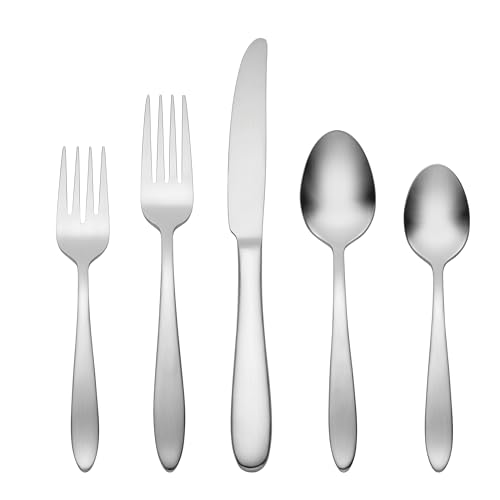
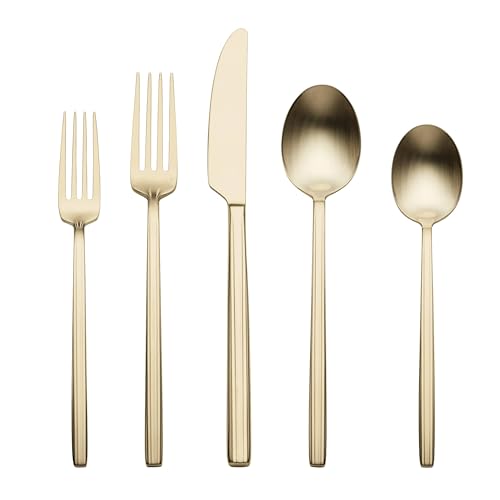
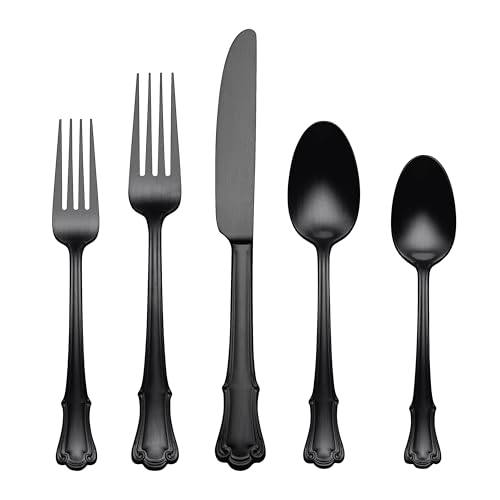

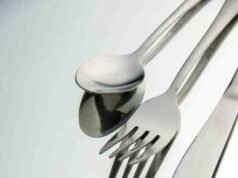
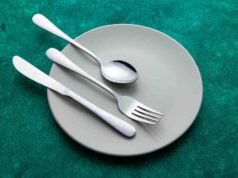






[…] 12 dinner forks […]